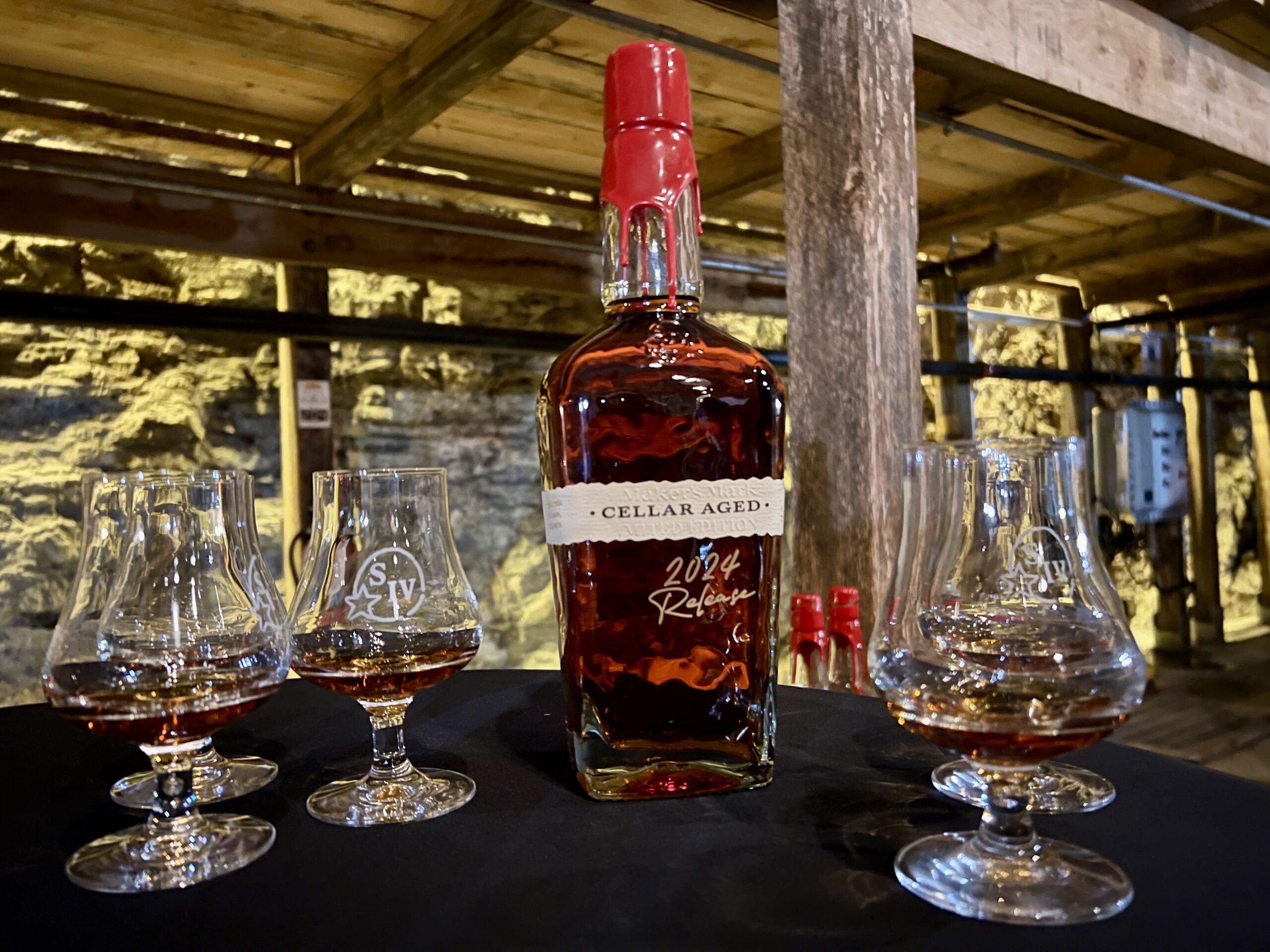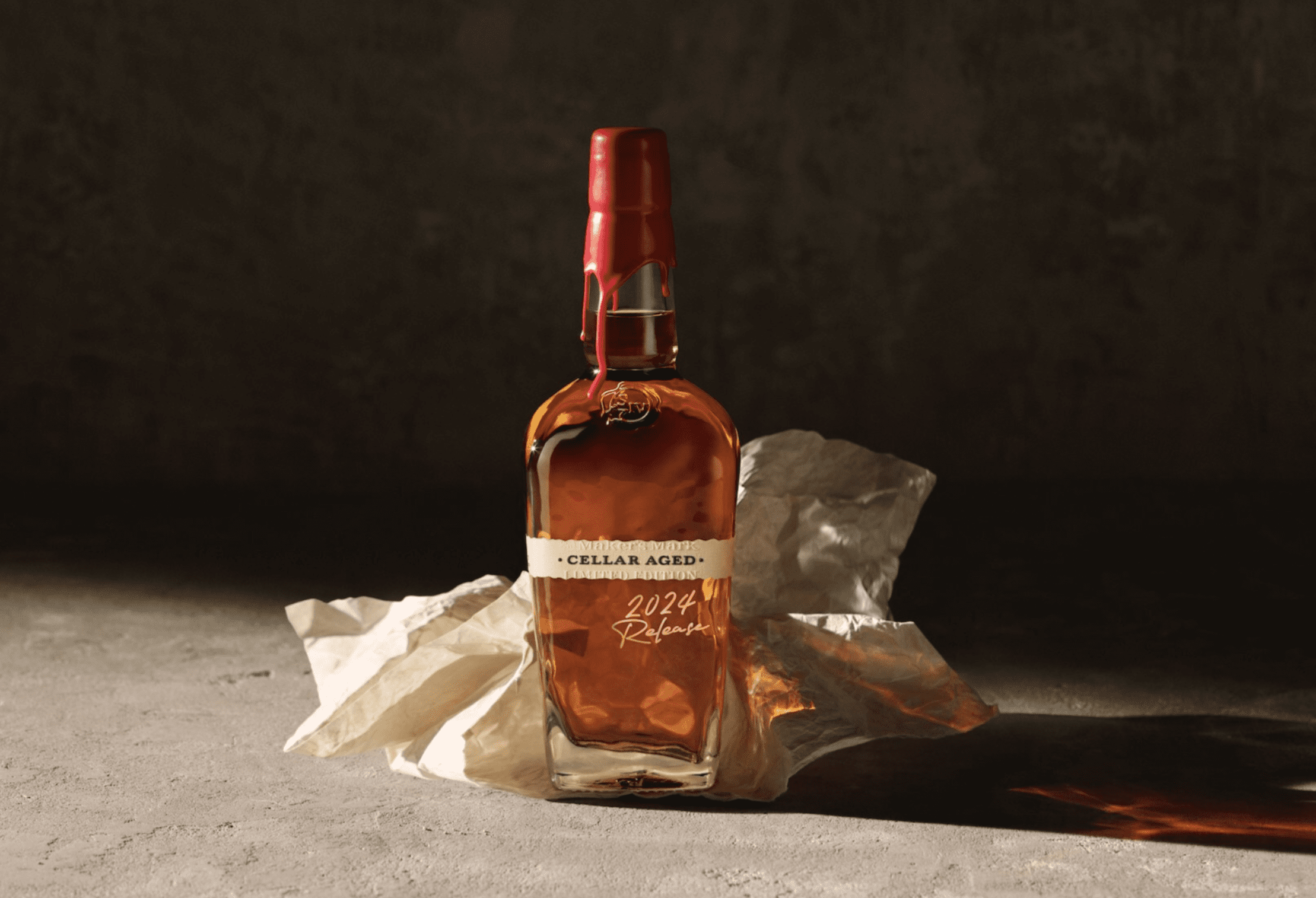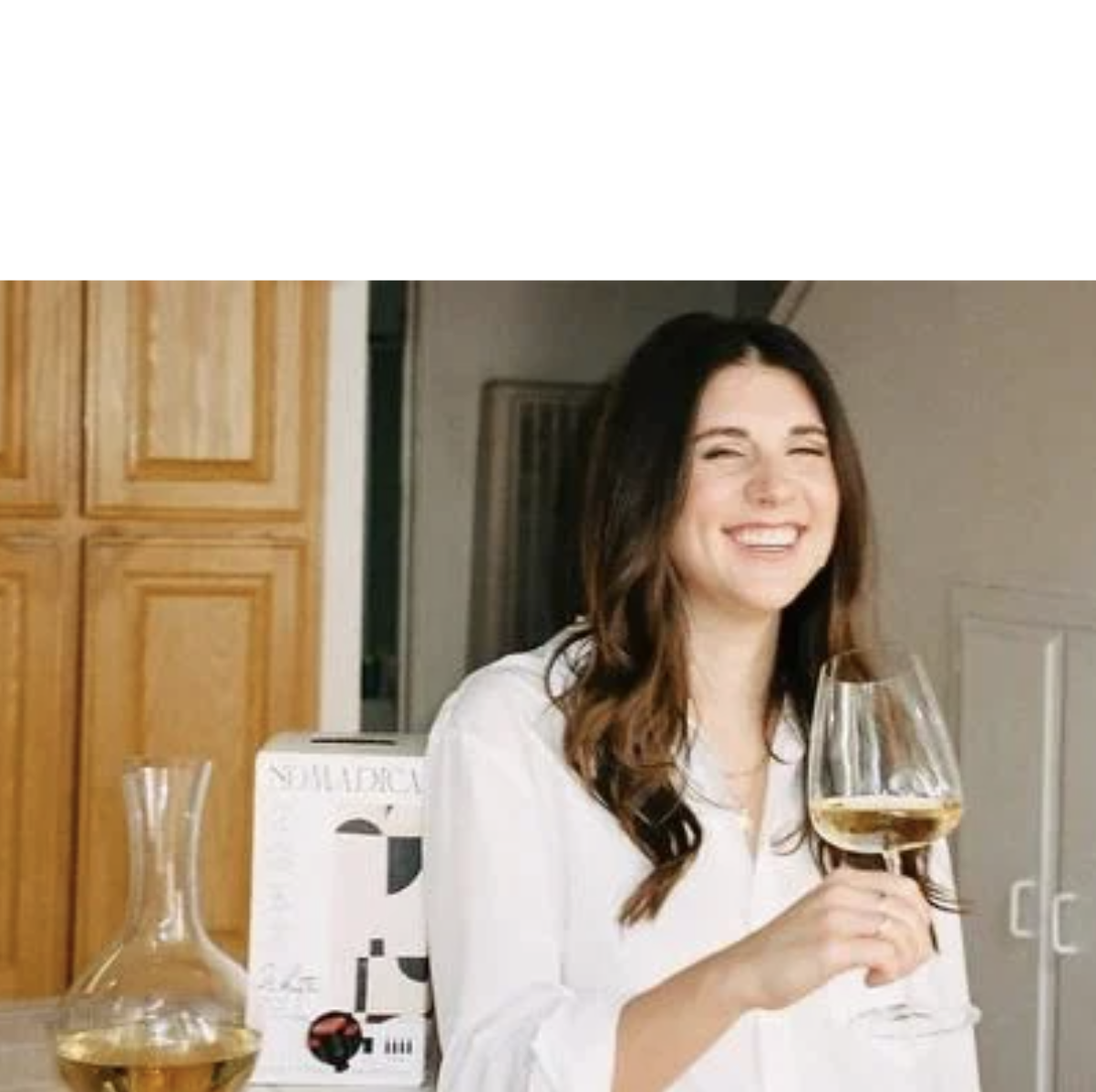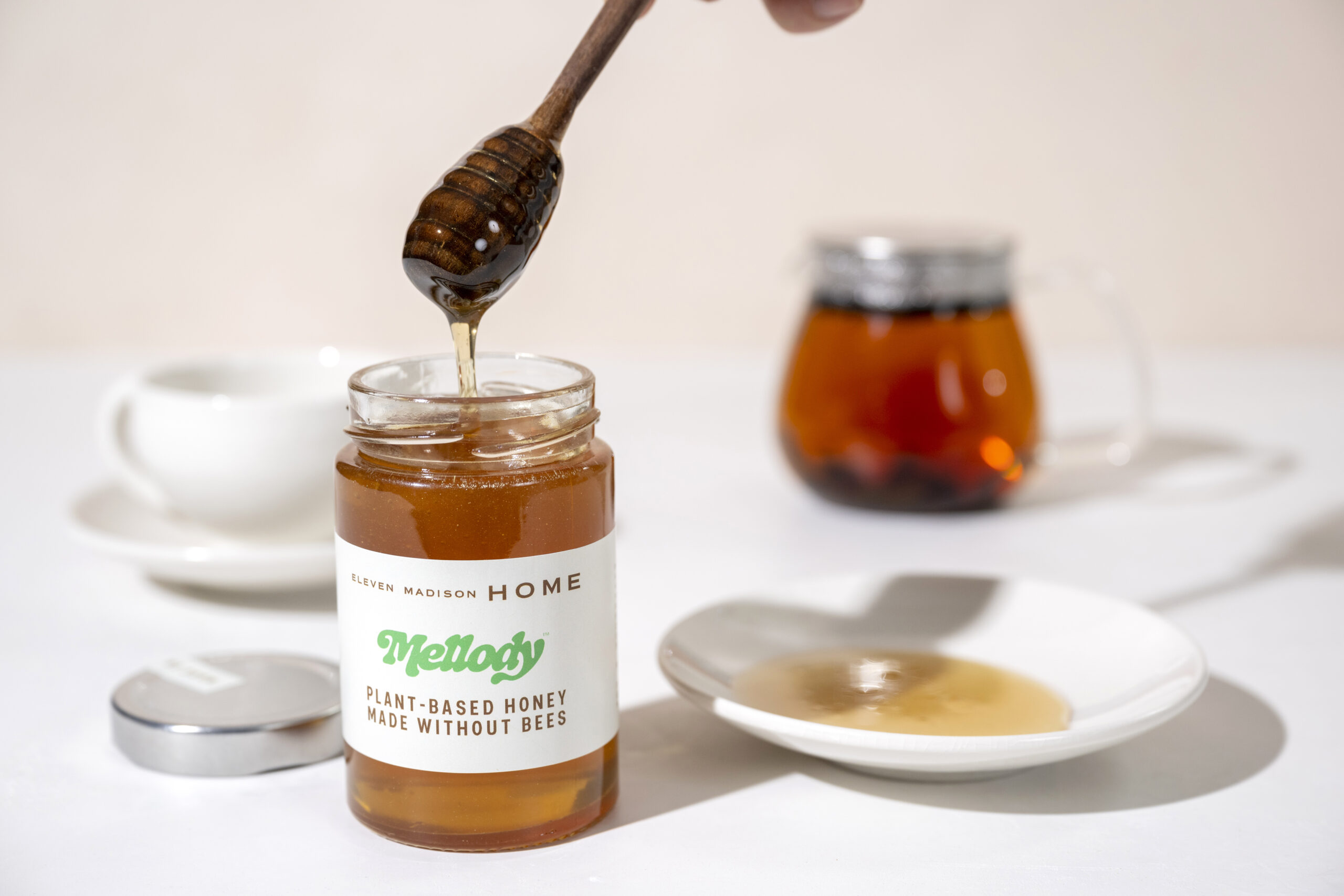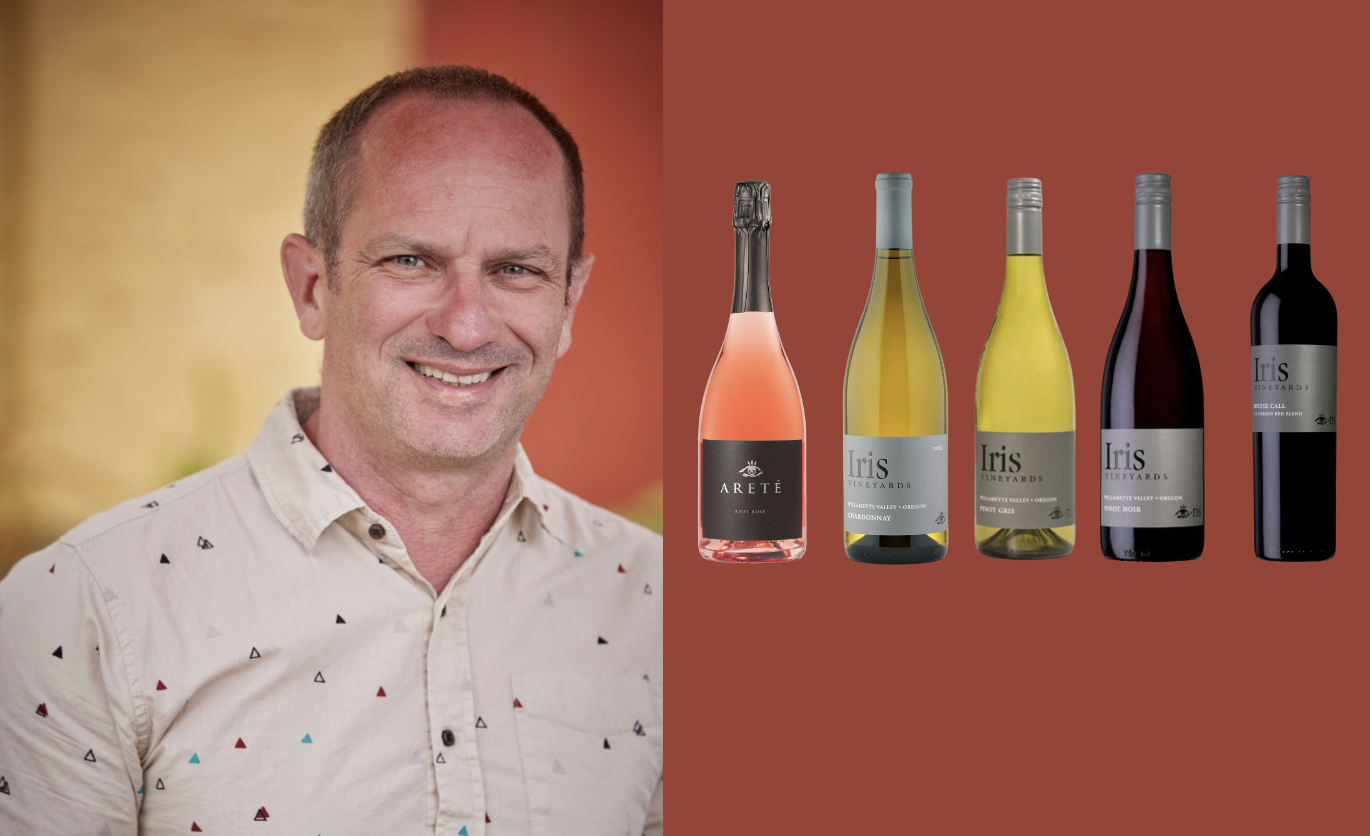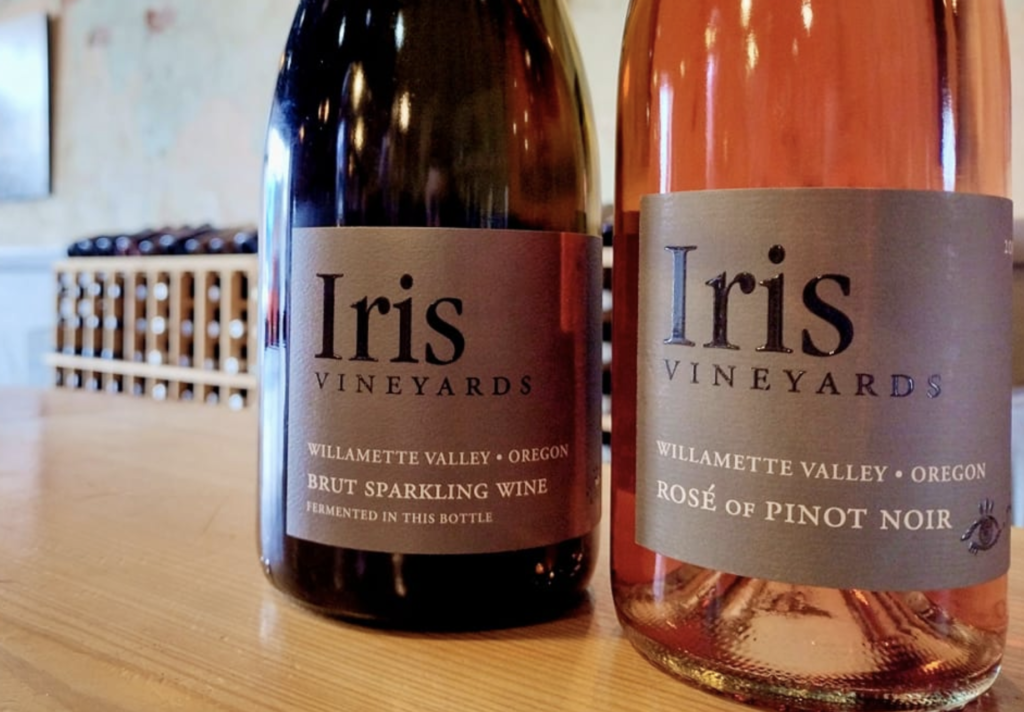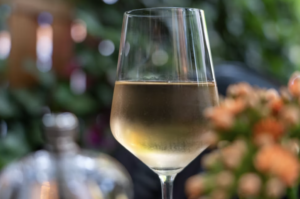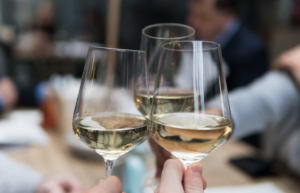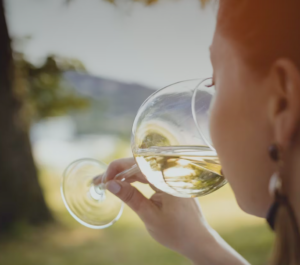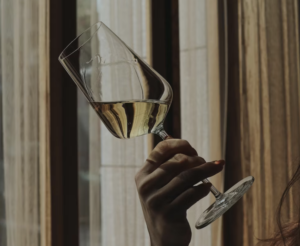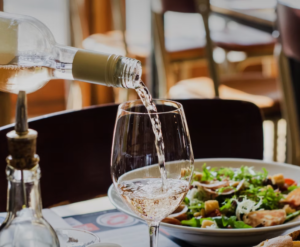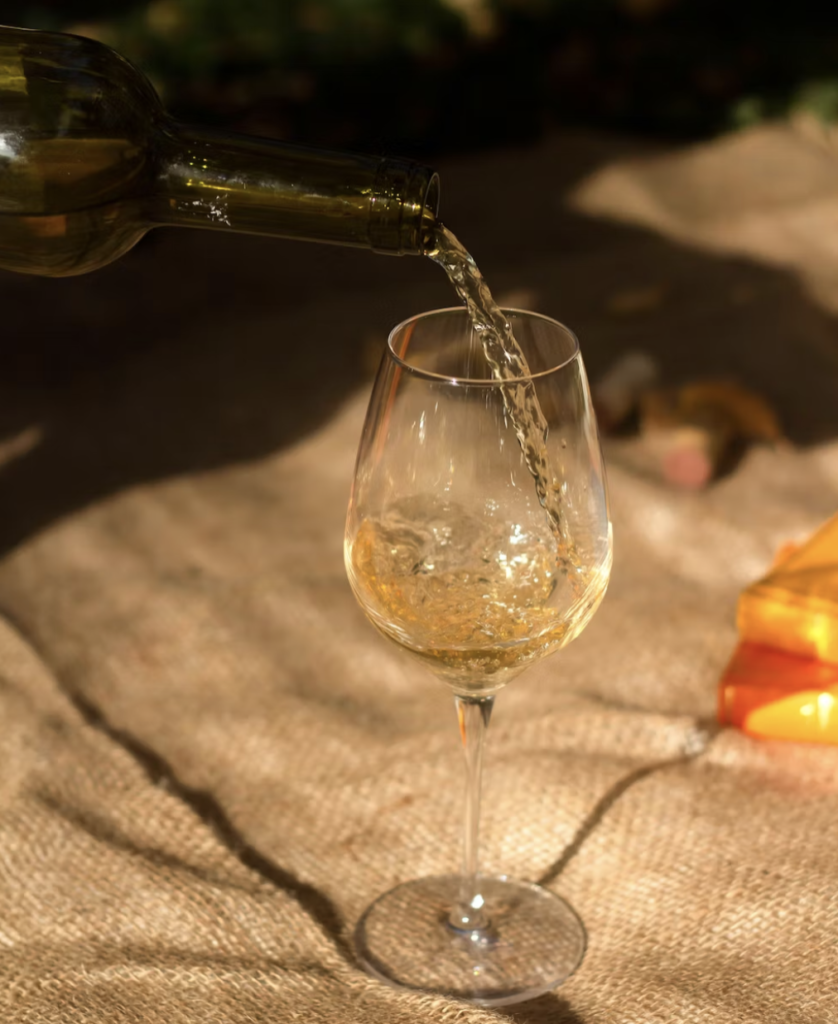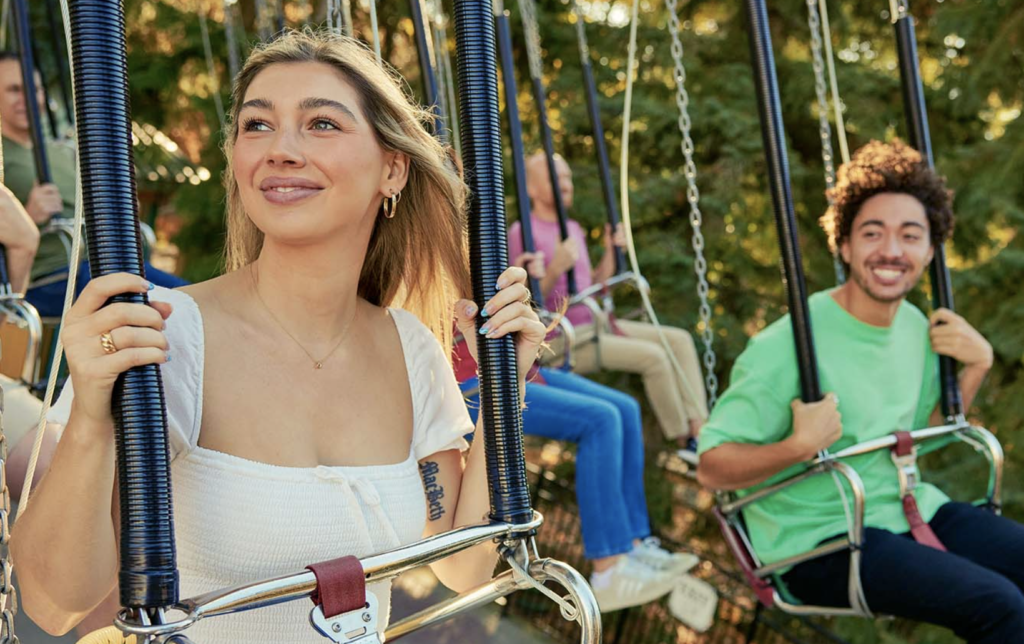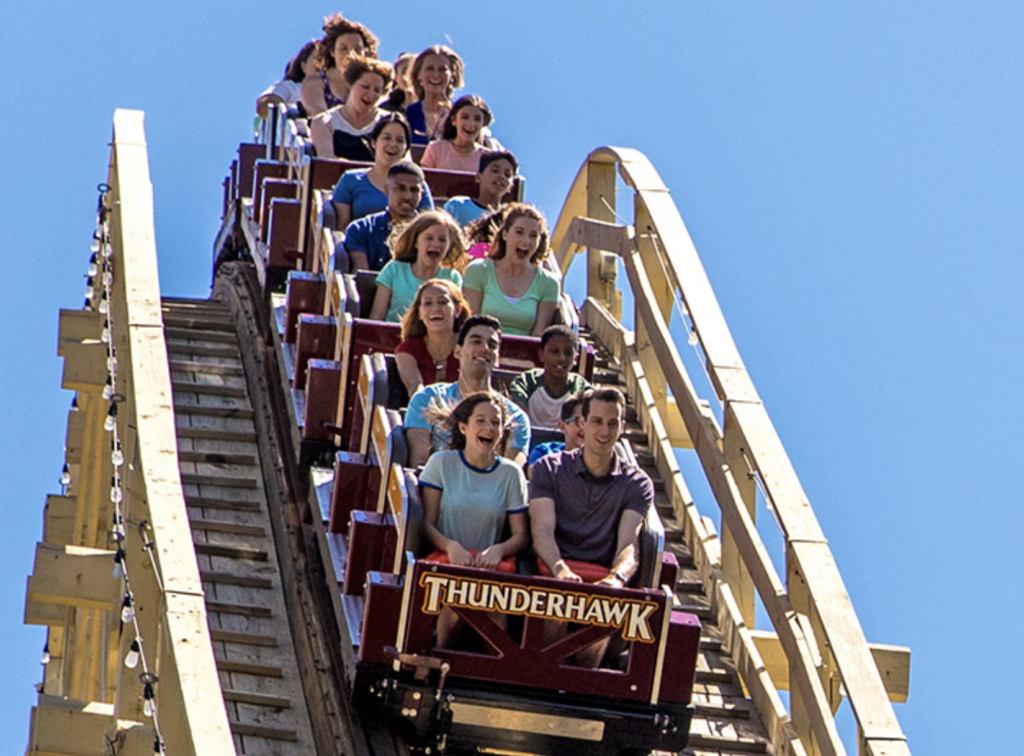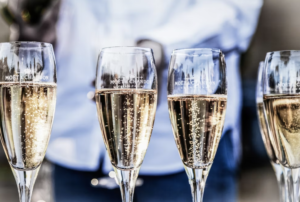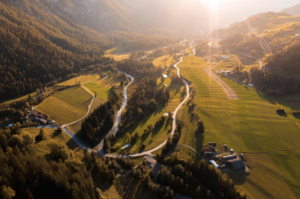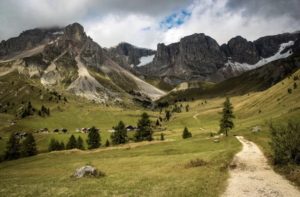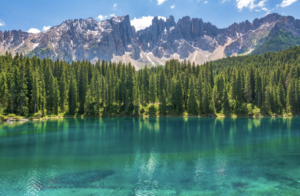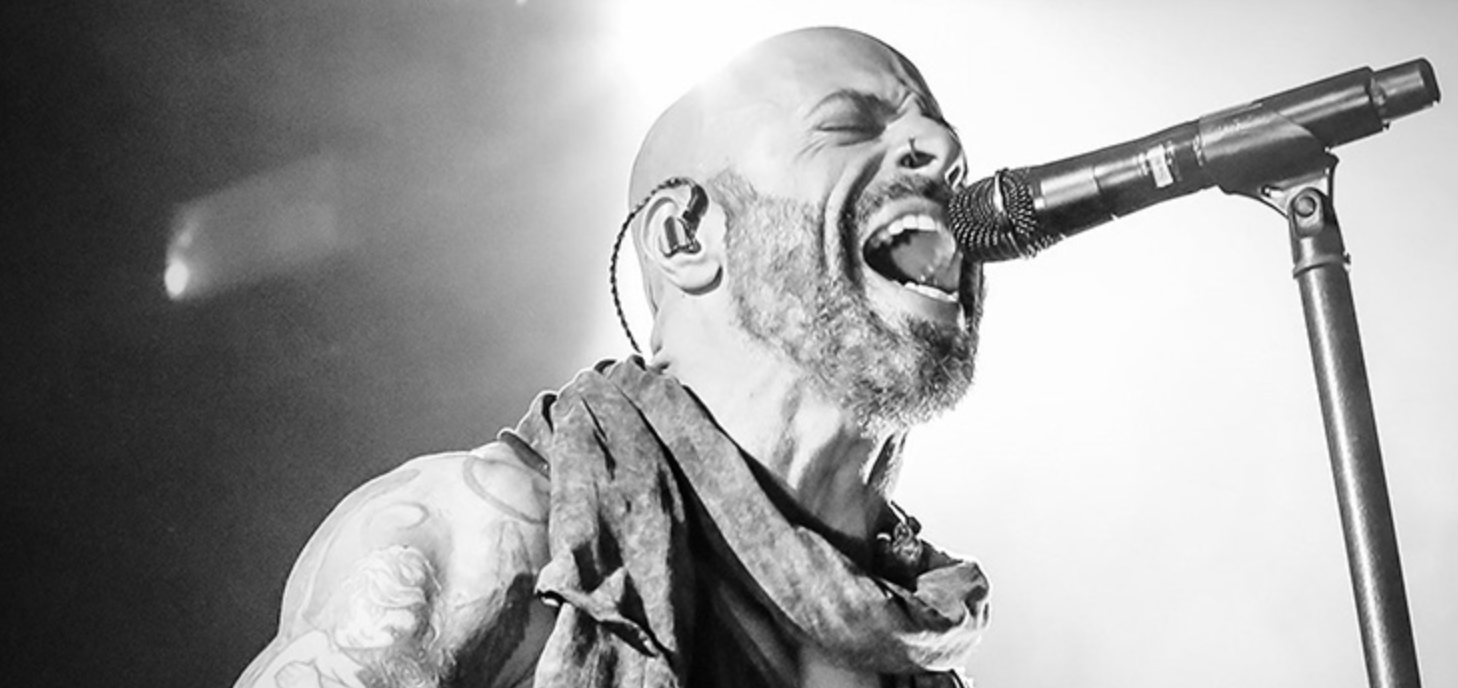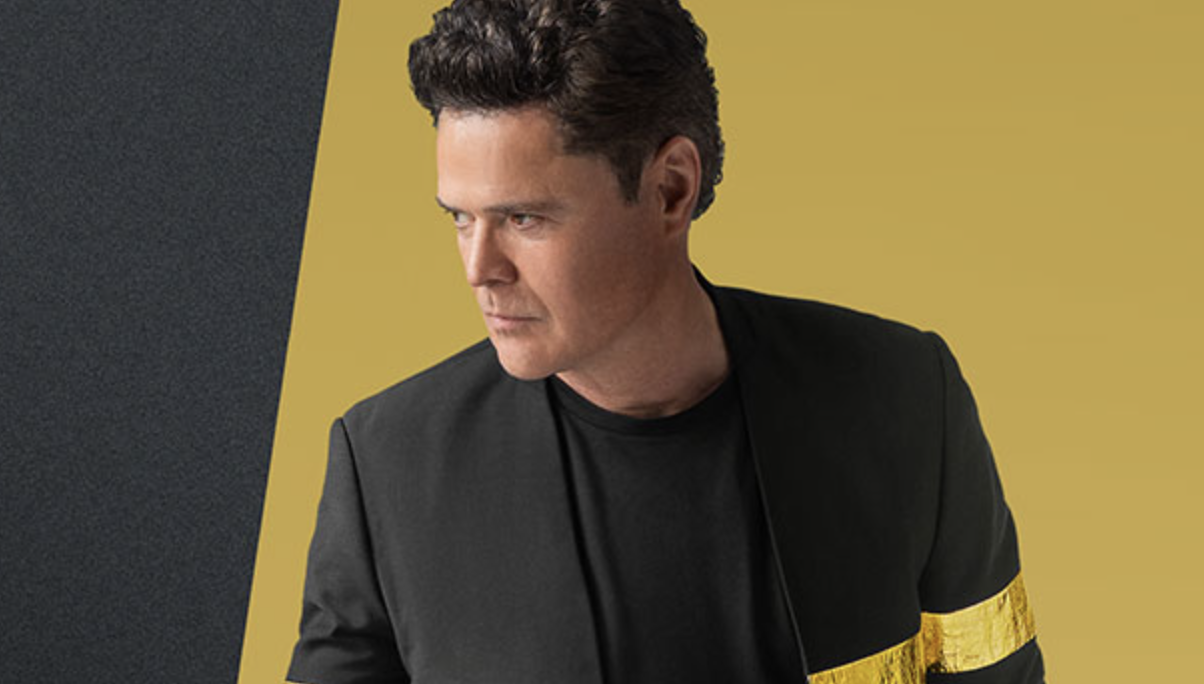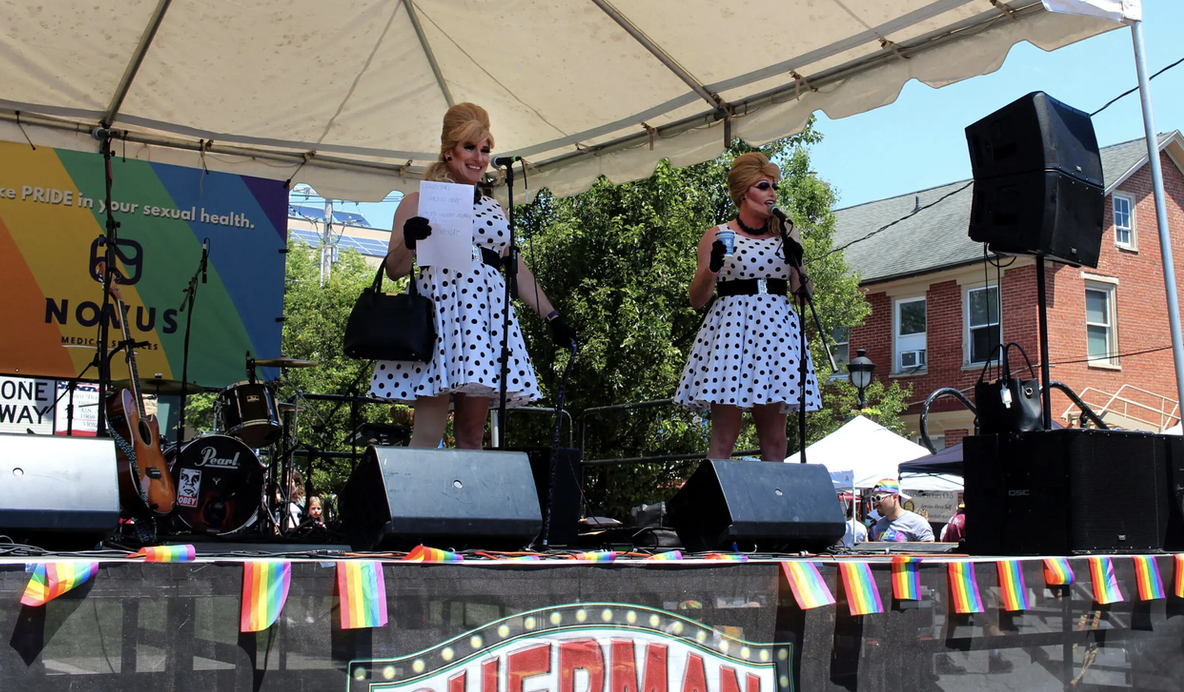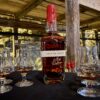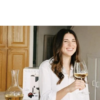When Lehigh Celebrates, They’re looking for flavor and family, Give Champagne Jeeper a Taste
When Lehigh Celebrates, They’re looking for flavor and family, Give Champagne Jeeper a Taste
It’s easy to fall in love with champagne. Life celebrations. Work success. Life’s best memories (hello weddings, anniversaries, babies, birthdays). If you’re ready to try a new champagne, this is for you.

Today we had the amazing opportunity to talk (via zoom) with Jeeper Champagne’s Camille Cox. This conversation has been edited for length and clarity. For the full conversation, visit our YouTube channel.
Can you share a favorite memory where you celebrated with champagne?
Oh, there’s, God, there’s so many. I can’t even begin to tell you. But the one thing I can say is that you always should carry champagne because in victory you deserve champagne and in defeat you need it. That was Napoleon Bonaparte, if I’m not mistaken?
I think my most memorable toast with champagne are personal victories And, of course, business victories as you can imagine. I’ve been selling champagne for a very long time, and I can name a couple that come to mind. One of them a few years back was getting business at the Delta Airlines lounges. Putting another maison there. At the time, the house that I was working for at the time that was a big victory in itself. And just little victories in life each and every day. Every day is a celebration.
It’s all relative in how you look at it and how you live your life, but I think every day calls for champagne, to be completely honest with you.
I love that, ‘Everyday calls for champagne’. Jeeper has an interesting story behind it based on the end of World War II.
Can you give us just a very brief history lesson of Jeeper that brings us up to present day?
So, as you know, many champagne houses have great stories, and that’s the great thing about Champagne. Every Maison has their story and the fact that you get to go back and find out how it became is super fascinating to me.
When I had the chance to join Jeeper, I went back to look at the story. A family started making champagne in the 1800s. It had its heyday and then it floundered. It changed hands for quite some time. Then a gentleman by the name of Armand Goutorbe, who was working his family vineyards, had to be called to war and ended up in a house in an undisclosed location because everybody was fighting against the resistance at that time.
He happened to be holed up in a place with some American soldiers and they were being bombed and consequently they were all trying to help save each other’s lives. History tells us that Armand was a gentleman who took it upon himself to risk his own life, to pull some American GIs away from the building that was going to be bombed, possibly losing their lives.

In doing so, he impeded his leg and went back to looking over his vineyards in Champagne. The hills aren’t high, but they’re steep. His leg impeded his day-to-day operations. The US army got ahold of the story and some of the soldiers that he saved wanted to pay tribute to him and in all humbleness to thank him for saving their lives. So the US military gave him a Willie’s Jeep, and he rode around in the villages and he became known as “Mr. Jeeper Man”. Two years later, he said, I think I’m just gonna name my vineyards Jeeper. So there it was born Jeeper in 1949 because of a wonderful gift that the US Army bequeathed to him.
We still have the Jeep today on property.
Can we talk about the terroir of the region?
We are located in Faverolles et Coëmy, a commune near Reims in the north-west of the Champagne region. In the Montagne de Reims, the Côte des Blancs and the Marne Valley.
We are mostly a chardonnay house and we use Chardonnay as our primary grape.
We make eight different wines under the Jeeper label. We have two great certifications for being biodynamic and organic. Our flagship for the winery is our Blanc de Blanc. Our bottles are color coded in terms of the labels so that they stand out significantly to consumers.
That area has cool nights. A little bit of frost, but beautiful, pristine, crisp grapes from those regions, from the sub regions in Champagne. We own about 80 hectares. We don’t buy any grapes. We use our own grapes. We have the capacity to make 3.5 million bottles, but we hope to make more with some partnerships that we’ve kind of acquired.
Having Michel Reybier as a new partner with Nicholas, the current owner of and partner, who makes the wines too. Nicholas Dubois makes us stand apart from that we’re not right in the middle of Reims. We’re out there, believe it or not.
So when you come to Reims, you’re not gonna see us. You’re gonna have to get on the train or take a little cab and make it to Jeeper.
I love talking about process. Our audience is a mix of very basic drinkers up to connoisseurs.
So can you share a little bit of the process and how, how, what, what makes your champagne so unique?
What makes us a little bit more unique is a lot of champagne houses only use steel vats. We’re still kind of old school. We do use some Burgundy barrels. We have one of the biggest barrel rooms behind Krug and Bollinger. We have about 1200 barrels that we use. So for instance, our Grande Assemblage, which happens to be our brut non vintage, we age 20% of the chardonnay that we use in that blend for two years in used burgundy oak barrels and then we do the aging of the lees. We lay it down for about four years. So that’s two years for the 20% Chardonnay laying down for two years. Then the four years makes it a total of six years. So you get a totally different taste. There’s a little bit of maturity there with the oak barrels.
It’s something completely different. I’ve worked for houses that were stainless steel, so this is something new for me as well too. The aging process, there is some lactic, it just depends on which cuvee we’re speaking about.
Withholding our wines a little bit longer. We’re not big production, we’re not a grower champagne house by any means. We’re just over the hump as a boutique champagne house. We’re just getting started here in the United States. Our biggest production and where we sell the most champagne is in France.
But opening up the United States, it’s tough to build a champagne brand in the US, believe it or not. It’s super tough.
You have to find a way to differentiate yourself, what makes you stand out. I think that’s Jeeper having the name and the story and the total difference of not having stainless steel aging, and that we’re malolactic and that we do use oak barrels in some of our cuvee’s.
One of the reasons I wanted to talk to you is a few weeks ago when I had the chance to actually taste through the bottles, they did have such a unique taste.

So let’s talk about the actual bottles.
I’ve mentioned the Grande Assemblage, which is our brut non-vintage. It’s a green label, and I just told you a little bit about that. But the one that is our flagship is our Blanc De Blanc.
I think our bottles are beautiful. We have a patent on the bottle. People notice how easy it was to take off the foil.
So there’s still a little label underneath the foil that says Jeeper, which is kind of neat for us and it speaks volumes because it doesn’t leave you a mess or end up getting paper cuts from the foil cuts.
The Blanc de Blanc is big, full-bodied, rich. Also super elegant. It’s clean. It’s crisp, even though it has a big mouthful.
Our champagnes are the categories in the last 7 to 10 years that have really ended up getting some traction. I think people are walking away from the norm. They’re walking away from big commercial houses because they wanna see what else is out there.
Their curious is curiosity’s sake and I think it’s really helped the champagne business. I think the champagne business has always been cyclical, but in the last 7 to 10 years, it’s really gotten a hold and people are really embracing champagne to great success
Because there’s so many beautiful wines out there, so many different styles and so many cool things that you can learn. I think the more the people, because of the terroir, I always say that champagne is a reflection of the mood of the terroir.
Champagne, the terroir from where we are, its chalky soil limestone. It lends itself to so many different characteristics in the wine. We’re not a big vintage champagne house. 2008 was probably one of the best vintages of the century. It was gone in a flash. With our 2008, we age it for 12 years on the lees. It’s 88% Chardonnay and 12% Pinot Noir. So there’s that wonderful characteristic and it has a little maturity on it, a little oxidation.
I’m a vintage champagne girl and a no dousage champagne girl so this one fits the bill for me, but it may not be for everyone’s taste profile.
I can always tell at the beginning when I’m doing a tasting with the two lead wines that you start off with in Champagne, what someone is gonna like in the rest of the range. It never fails me. It’s always about 95% full proof.
It’s so subjective. The 2008 for me is interesting. We’re getting ready to release a new release of Blanc de Blanc coming in May, which I’m super excited about. It’ll be no dousage.
We also now have a partnership, as I mentioned, one of our owners, Michel Repier. There’s a gentleman by the name of Tony Parker, who’s a former four-time NBA champion. A hall of famer. I was just with him a couple weeks ago. Super, super person. He told us his story about where he came from and how much he loves gastronomy. He’s French. A lot of people don’t realize that. He’s from Lyon, and I’m sure the Parisians would beg to differ, but Lyon is supposedly now the gastronomy capital of Paris. So we have him as an ambassador; a gentleman who really loves wine and is very enamored with it, wants to roll his sleeves up.
He’s helped us with our Rose project that we have in Provence, but helping me with Jeeper as well. It’s a great collaboration. It’s been great for me, for the brand, for helping us build the brand here in the US because we’re building our distribution network.
Which is not an easy thing to do, as I can tell you having done it for many years. So we’re looking for new partners that want to build a brand with us who we want to be on the ground floor with. I feel like the people that bring you to the party are the people you need to stick to.
It’s easy to be a fair weather friend, but I am all about loyalty and building a brand with someone. And making it happen. The wine business is exploding, so there’s a lot of opportunities out there. It’s just finding our niche and letting people know the story and taste the wines.
I don’t know that champagne gets enough love when it comes to food. Let’s talk about food pairings.
A previous maison I worked for didn’t want us to suggest pairing champagne with chocolate or strawberries. I think that fallacy of Pretty Woman when she’s having her “floor picnic” as she called it in the movie. She’s drinking champagne and having strawberries – they are very acidic. But I think it’s really what you want to do.
Do I think it’s the best pairing? Absolutely not.
I’ve gone through this with many chefs in the past where I’ve asked them not to use chocolate or strawberries, and [while they weren’t happy with that] luckily they did talk to me at the very end of it, but they weren’t very happy. But there’s so many great things out there that you can pair champagne with and the new thing is, Champagne and chicken fried chicken.

As a southerner, I’m a fried chicken lover. It’s an incredible pairing.
I also think sea salt potato chips with a non-dosage champagne are absolutely fabulous. But let’s look at the classics. What about ratatouille from France? You know, something that you don’t really ever think about. It’s always the ones that are there that you can think about.

Gratin potatoes are an amazing pairing if you’re a big potato lover as I am. It’s just great. So I think the sky’s the limit depending on what it is you’re drinking. Of course, no dosage champagnes aren’t gonna be great with everything. I also love Dim Sum and champagne, to be completely honest with you.
So all the pairings that are non-traditional, if you will, kind of thinking outside the box. Really making it an opportunity to see: where you can take it? Are you gonna push the limit? I’m all about pushing the limits on a lot of things. Nobody should be chastised for that on any level.
So if somebody likes what they like, they like what they like. I think the traditional [concept] many years ago: Are you having chicken for dinner? You can only have white [wine]. I love the fact that that’s out the door now.
People learn more and more about wine every day. They’re so enamored with it. I think the pandemic gave us all an opportunity to stop, take a minute, take a breath, slow down, maybe enjoy things or get into things that we didn’t have the time to do. I think gastronomy is one of them.
People now love to make food at home. People love to drink wine at home. We saw that with the pandemic. There’s a lot of opportunity, everywhere you look. I like the classics. I’m a foodie.
But I love food and I think drinking it the way you want to drink it and the way you want to enjoy is paramount. Paramount. I don’t think there should be any rules put around that on any level.
As everyone’s hearing the Jeeper story and getting to know your bottles, what can our audience do for Jeeper Champagne?
Helping Jeeper is to buy some [bottles] where we’re distributed. Give something new a chance. Wherever you buy wine, take an opportunity to just treat yourself to something completely different because you never know what’s gonna happen.
It could end up being your favorite wine and you just don’t realize it. Expand your opportunity and your horizons, and that’s what life is all about.
Think outside the box. Live a little, okay. You, you bought a bottle, but there’s some great champagnes out there that are really economical. We know we’ve taken a little bit of a price increase, but treat yourself, you’ll be glad that you did. I think it, it expands your horizons and makes you see so many other things you didn’t see
Where can we find Jeeper Champagne on social media to follow?
Jeeper is on most major social media channels. Please give us a follow and visit our website at: https://www.champagne-jeeper.com/
https://www.facebook.com/ChampagneJeeper/
https://www.instagram.com/champagnejeeper/
https://twitter.com/ChampagneJeeper
Camille, thank you so much for your time. I loved hearing the stories.
Thank you so much!


